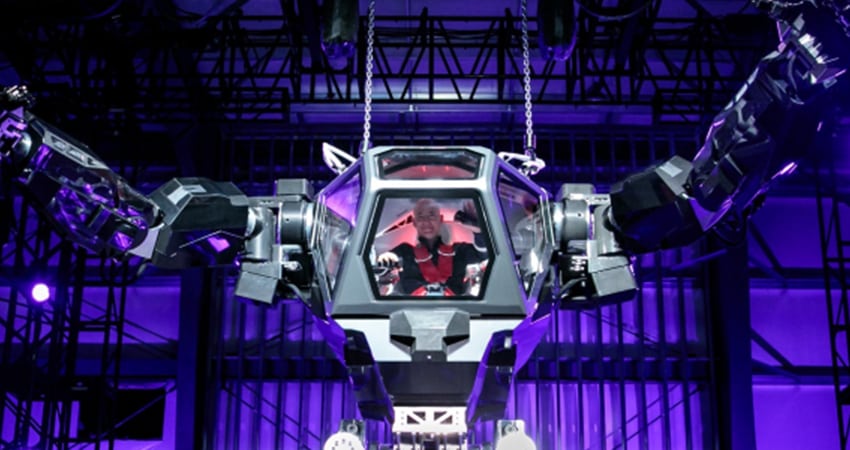Headlines proclaiming that “Amazon is Eating the World” and that Amazon’s market-altering dominance – AKA the “Amazon Effect” – is causing immense concern for the retail industry as the playing field appears to be growing frighteningly imbalanced.
Amazon is a leader in customer service, customer experience, delivery and, of course, product variety and selection. With their ultimate goal of owning the entire ecommerce supply chain, Amazon’s strategy can focus on long-term domination rather than short-term profit. This allows the ecommerce behemoth, with its unmatched resources and ability to lose billions on logistics without flinching, to drive down prices while building up intense shopper loyalty and, ultimately, squash competition. Like any ungentle giant, Amazon reinvests profits to solidify its spot as the best-of-the-best, meaning that it will only get harder to compete.
This domination has left many e-tailers convinced that there is no way out. But what these online retailers really lack is an effective long-term strategy leveraging the very things Amazon doesn’t have – improving their existing advantages to beat the giant at its own game.
Size Matters
Amazon may indeed be gargantuan, but big is not always best. A restaurant that serves every type of cuisine is unlikely to cook up linguini as good as a good Italian joint. Likewise, offering everything means Amazon specializes in nothing. Smaller online retailers must leverage their expertise, positioning themselves in a way that consumers view them as experts. For example, a camera store focusing on cameras alone will be considered more knowledgeable in the field than an electronics store selling cameras, laptops, and HDTVs. Take Casper, the online mattress company. They made the experience of purchasing a bed into something sexy, memorable and even prestigious by positioning themselves as the experts in high performing mattresses.
Boast the Best Customer Experience
E-commerce does not enable the in-store pizazz or meet-and-greet from attentive staff that traditional shopping offers, so e-tailers must innovate to ensure that the process of purchasing online is exciting and smooth. Amazon may be checking boxes in customer support, but their scale can’t help but lack a personal touch – there are simply too many products to choose from being sold by too many resellers to offer any sort of tailored experience. Companies like Dollar Shave Club inspire customer loyalty through sleek design, fantastic customer service, and a clear, responsive communication style that enhances personal connections between retailer and customer. Companies can create magic by curating the right experience to showcase a brand’s identity, inspiring connection and communicating their message to shoppers.
Build a Technical Arsenal
Fortunately for e-tailers, innovative e-commerce technology is becoming more readily available and affordable. For example, though Amazon is threatening to transform its deliveries from “same-day” to “same-hour” by developing an advanced drone logistics system, nimble drone startups like Flytrex offer to provide the same service for any business. And if you’re a corner store, you‘ll be able to beat Amazon’s same-hour drone delivery from faraway fulfillment centers with same-minute delivery in the neighborhood.
AI and Machine Learning are also enabling e-commerce businesses to compete by personalizing the online experience – from the way customers search for products (significantly boosting conversion rates) to the way customer service queries are understood and handled. These differentiated experiences will resonate with customers and inspire them, going a long way to developing brand loyalty.
In short, strategic implementation of best-of technologies can be a game changer for e-tailers, helping nullify Amazon’s bottomless resources.
Think Omnichannel
Amazon knows there’s still nothing like the smell of a new leather jacket or of a ripe grapefruit to cause consumers to buy, and their recent purchase of Whole Foods illustrates that even the world’s paradigmatic e-commerce player sees something in brick-and-mortar. But as Amazon creates more boots on the ground, consumers still can’t try on a pair of headphones at the Amazon Store at the local mall. One way to take Amazon head on is by creating both a fantastic online and in-store experience, providing more than one channel for success. Cosmetics retailer Sephora does just this with its app, allowing shoppers to track their purchase history, create shopping lists or purchase from the app itself. Retailers who maintain a loyal customer-base both online and offline can build a far more secure business than those who neglect one of these channels for the other.
Giants may be intimidating, but with some confidence-boosting strategies, other players can get a place at the table. The tools for competing with Amazon are all within reach. E-tailers must utilize their individuality and size to their advantage. This means thinking out of the box, including finding new business models, discovering better delivery solutions, inventing new and compelling customer experiences, and even introducing new retail segments.
Amazon may be trying to eat the world, but biting back is not out of the question.
Dr. Amir Konigsberg is the CEO and Co-Founder of Twiggle

